01
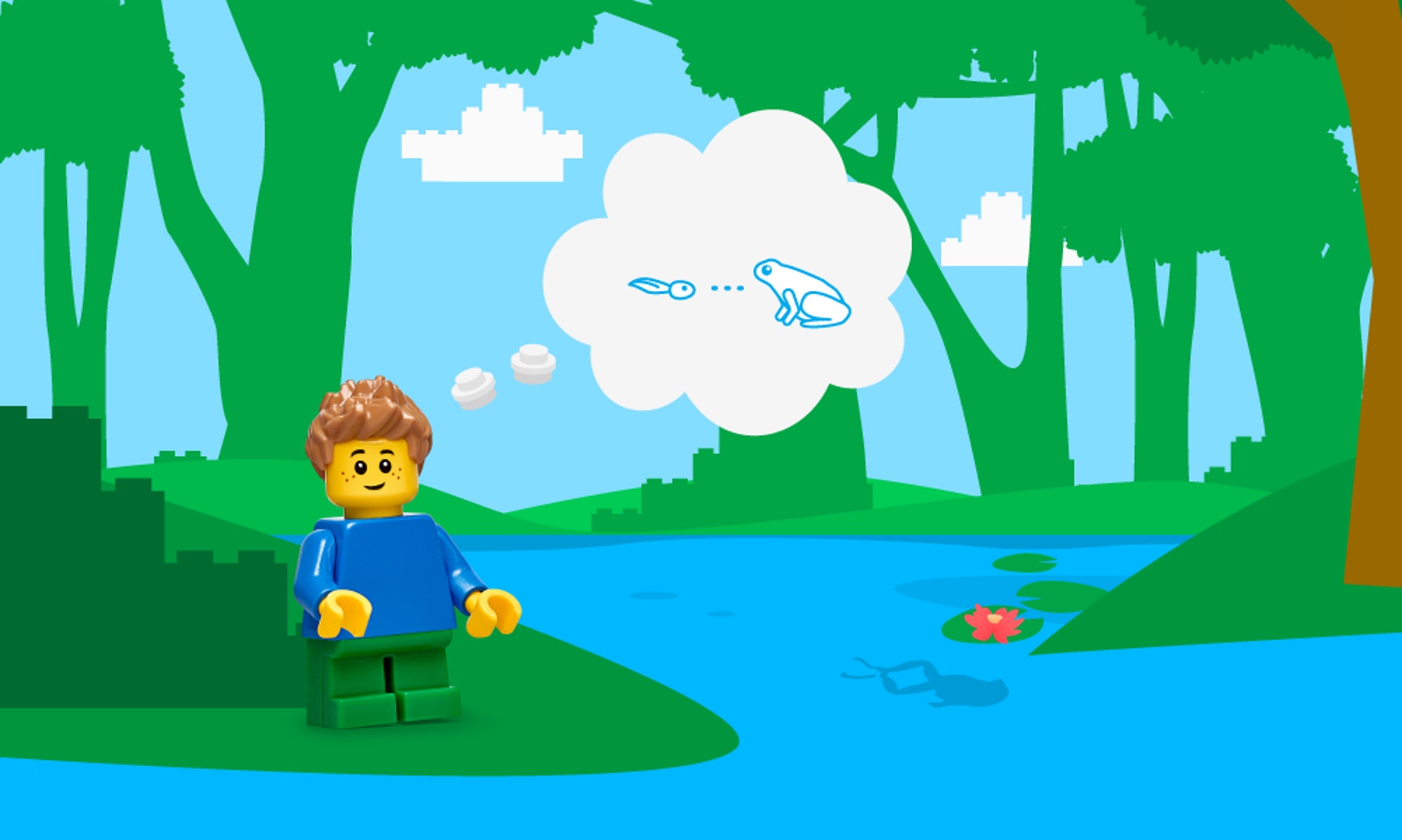
Leo learned that tadpoles are baby frogs.
He wonders how other animals and plants change as they grow.
02
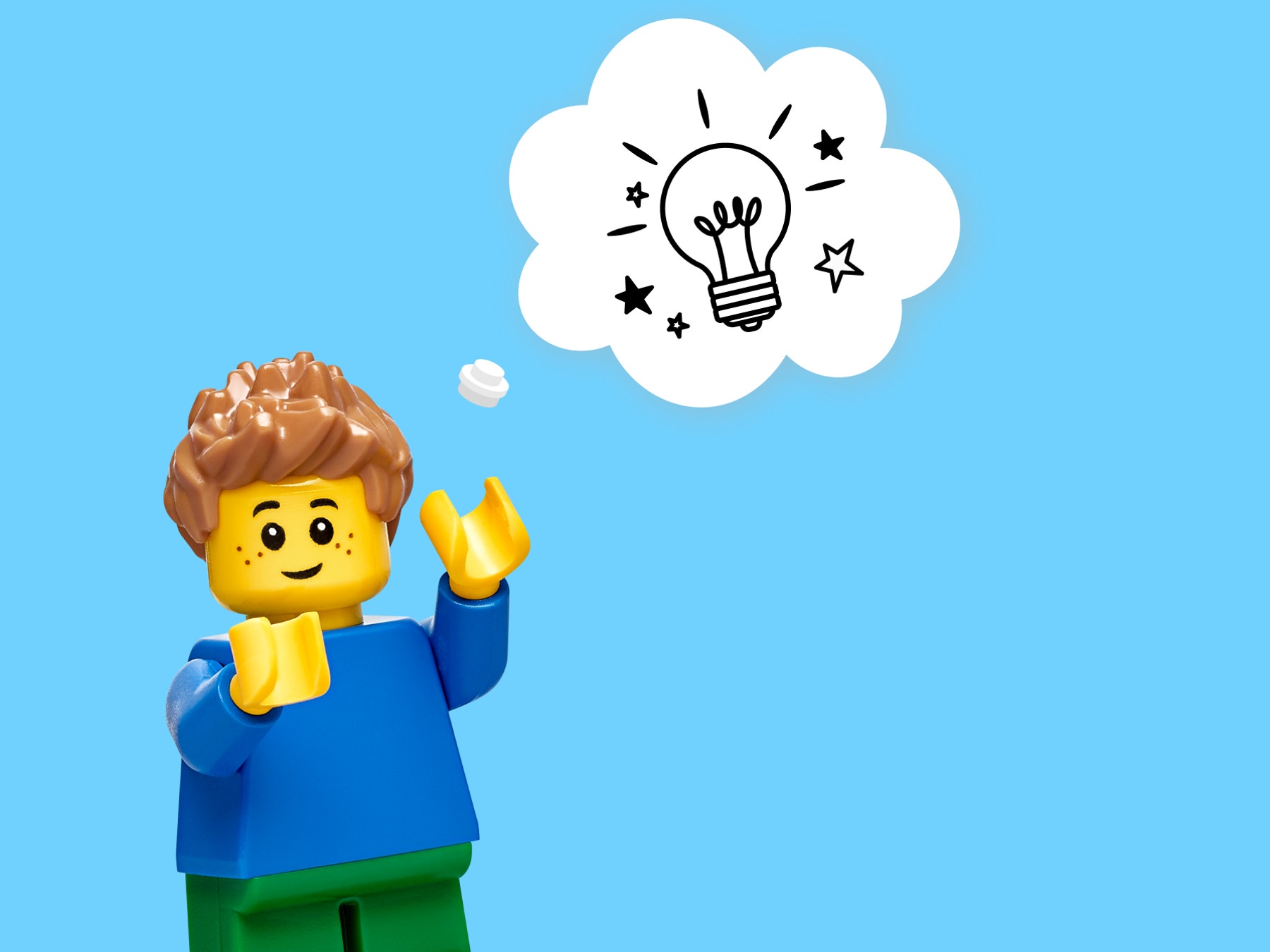
Frogs change from eggs to tadpoles to adult frogs to old frogs during their life cycle.
What stages do some other animals complete?
03

What about plants?
How do they change during their life cycle?
04

These life cycles all include birth, growth, making new animals or plants, and aging.
05

Choose a plant or animal life cycle to show in a model.
06
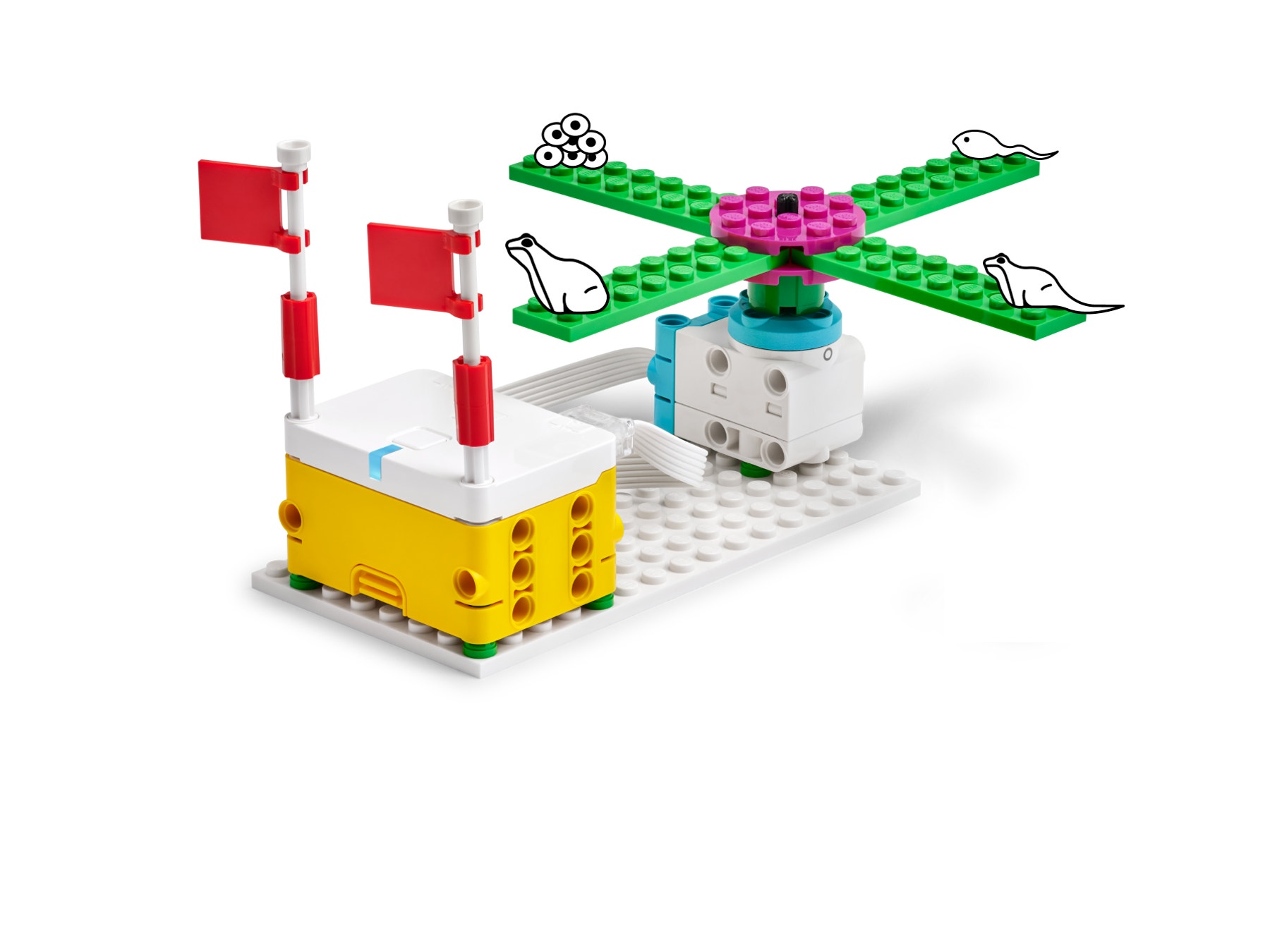
Build models.
Show Leo four parts of the life cycle you chose.
Build a platform.
Show that the life cycle is a repeating pattern.
07

Program your platform to spin.
08
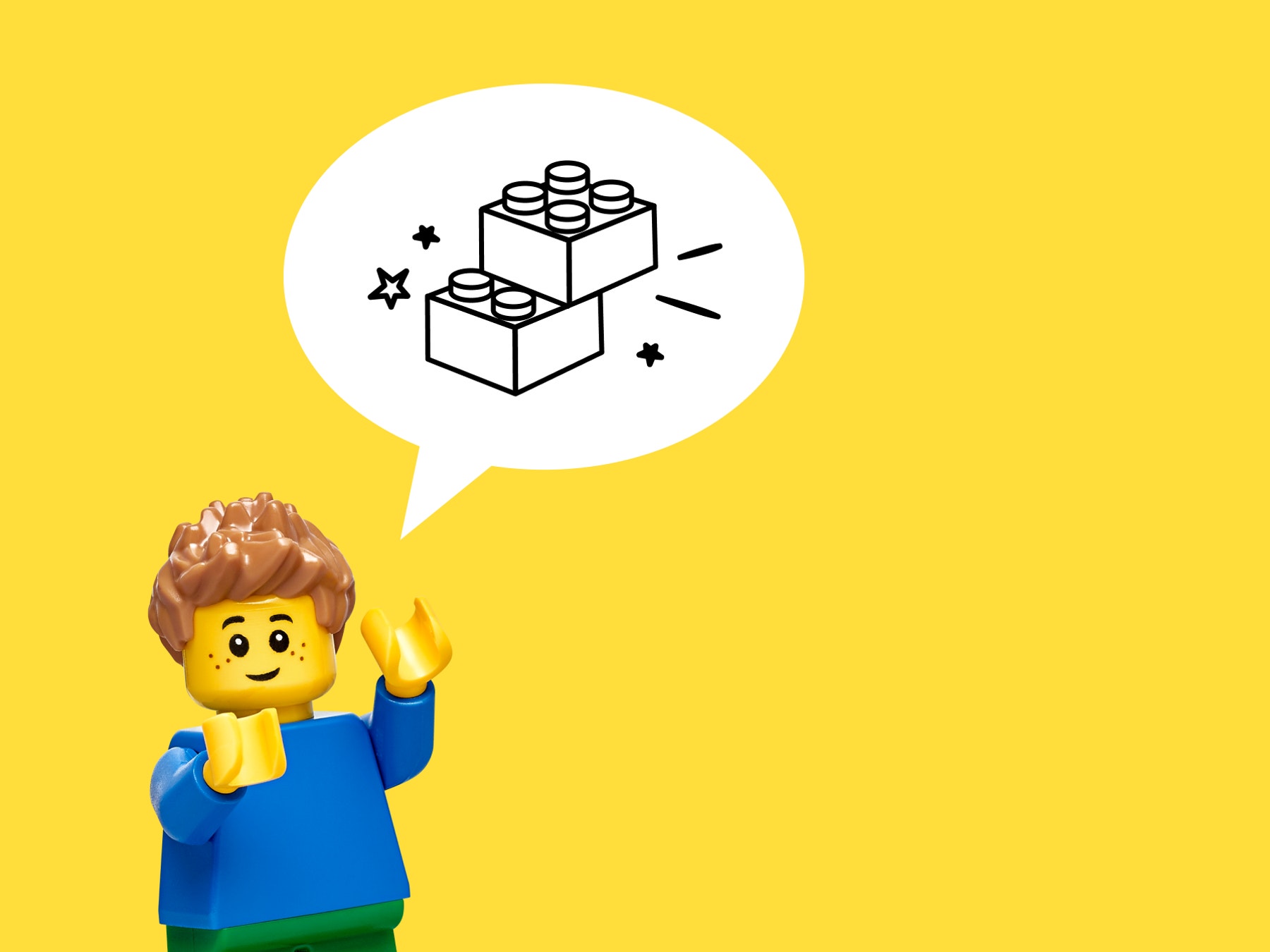
Use your model to explain:
The plant or animal you chose.
What life cycle stages you showed.
Changes during the life cycle.
09
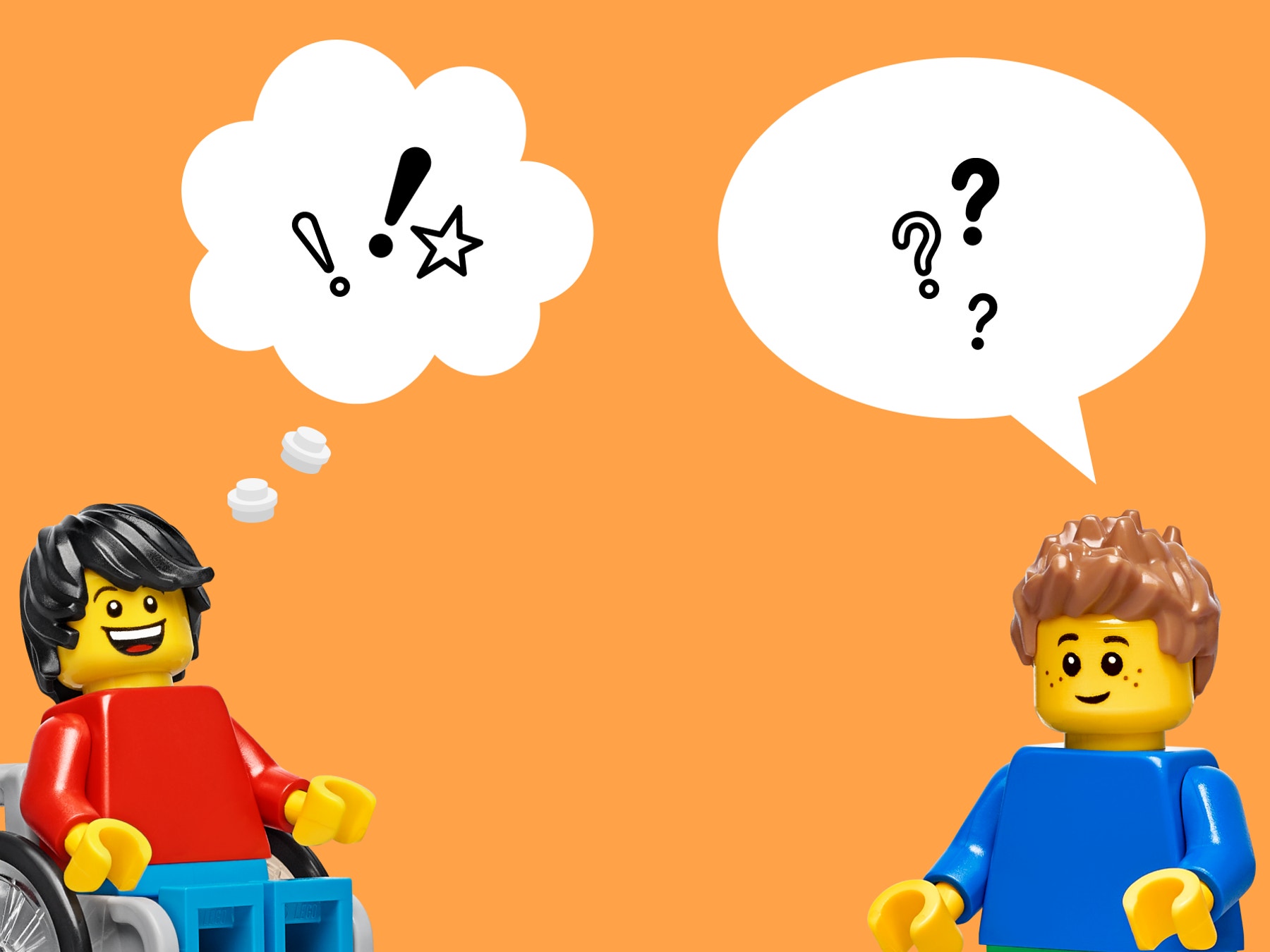
Keep building your models and programs.
For example, you can add sounds for each life stage.
10

Compare your model to the ones your classmates made: what pattern does each life cycle show?
11

Compare your model to the ones your classmates made: how are the life cycles the same and different?
12
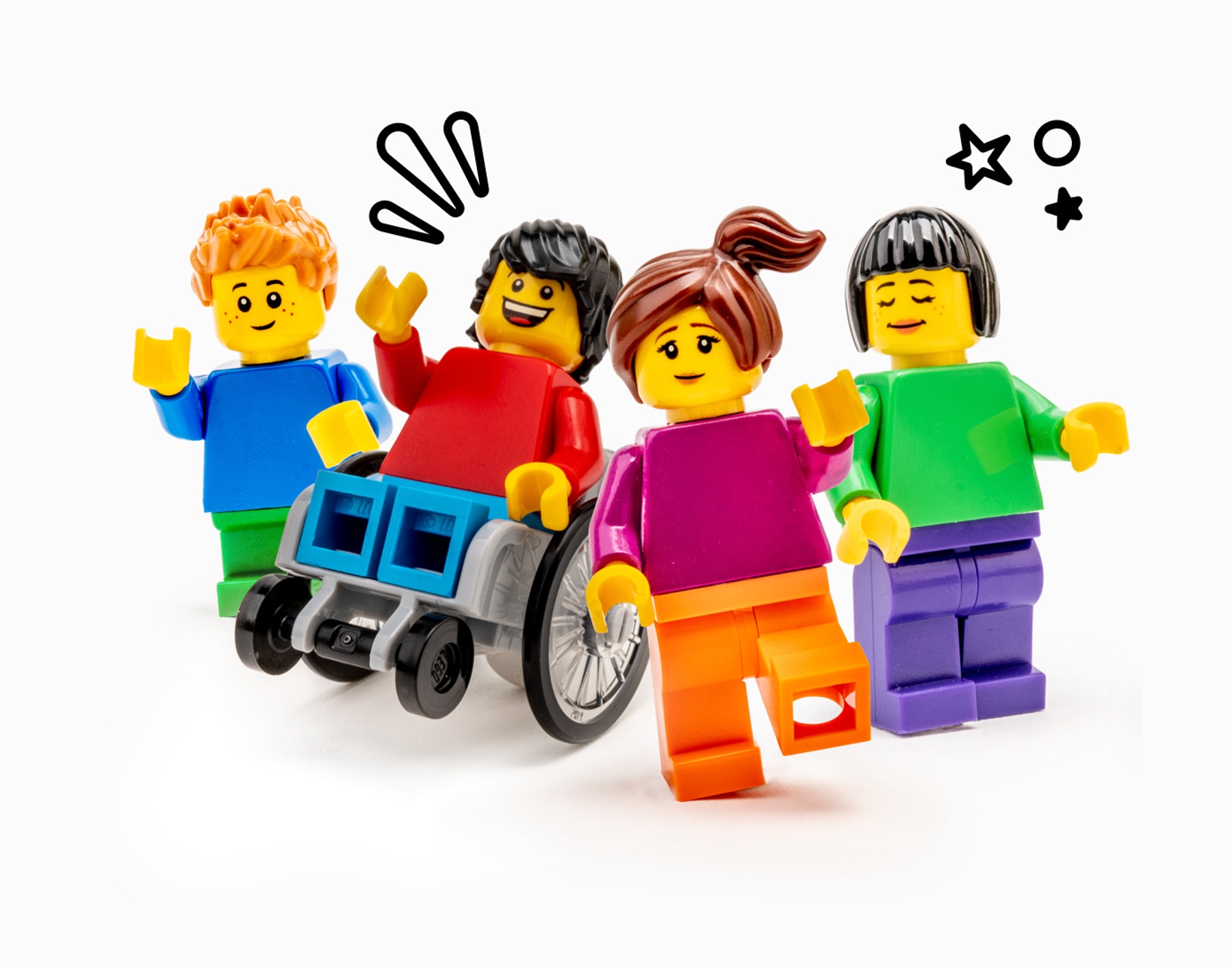
Great job!